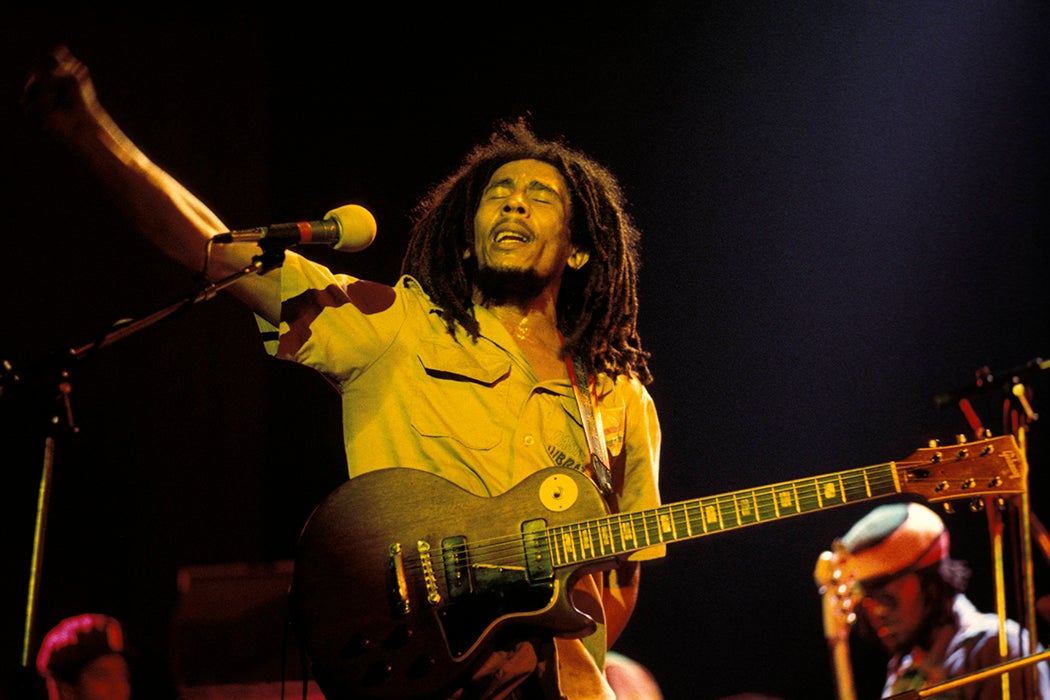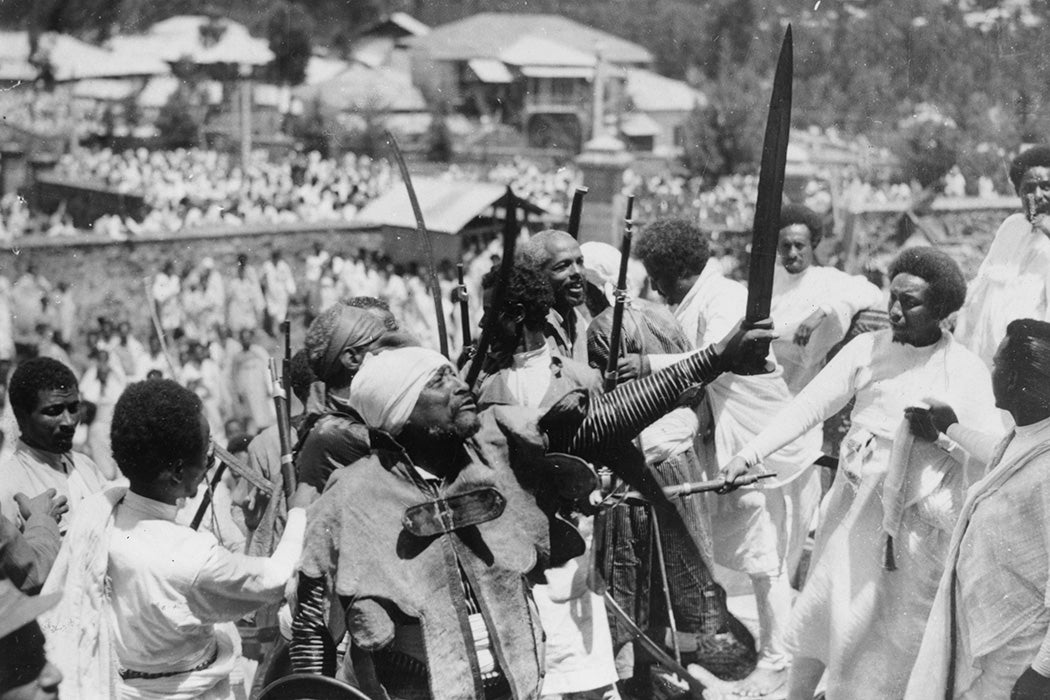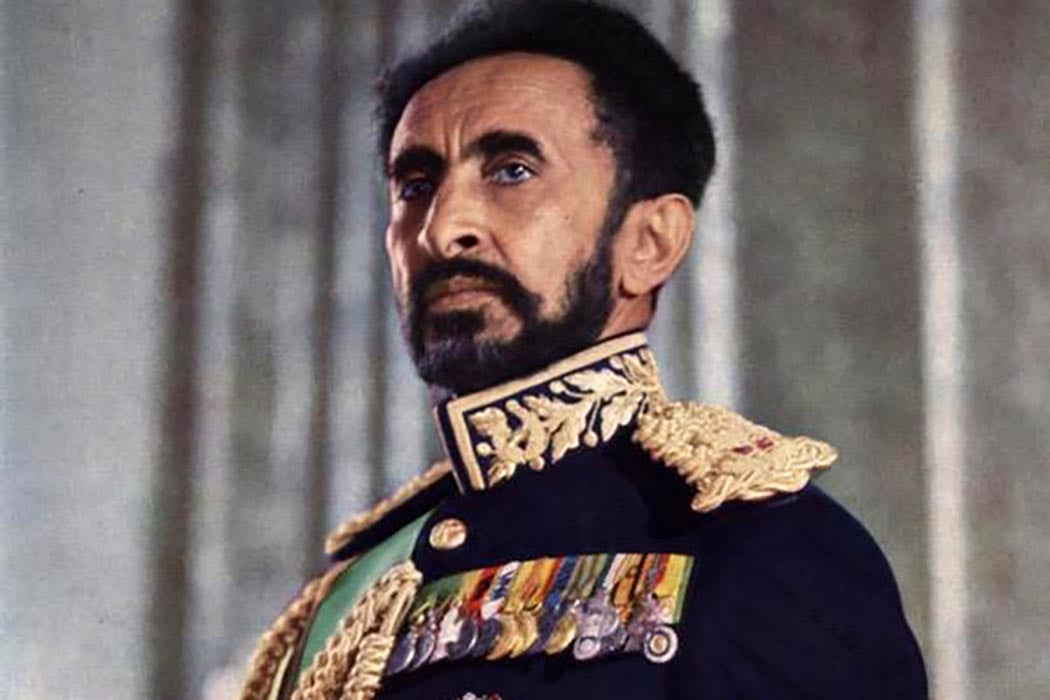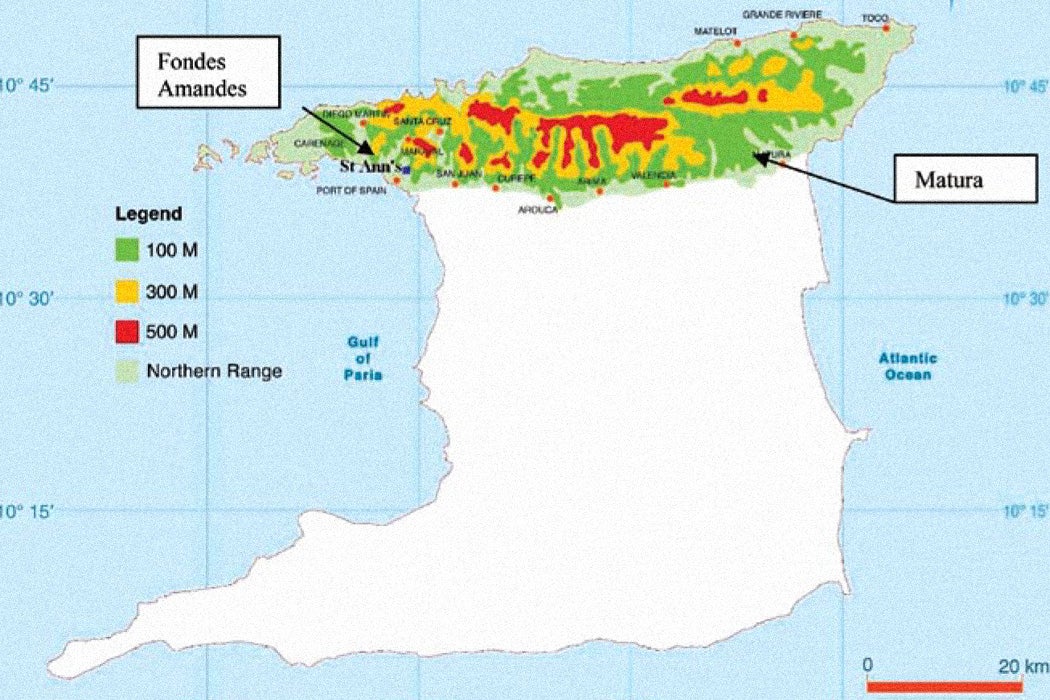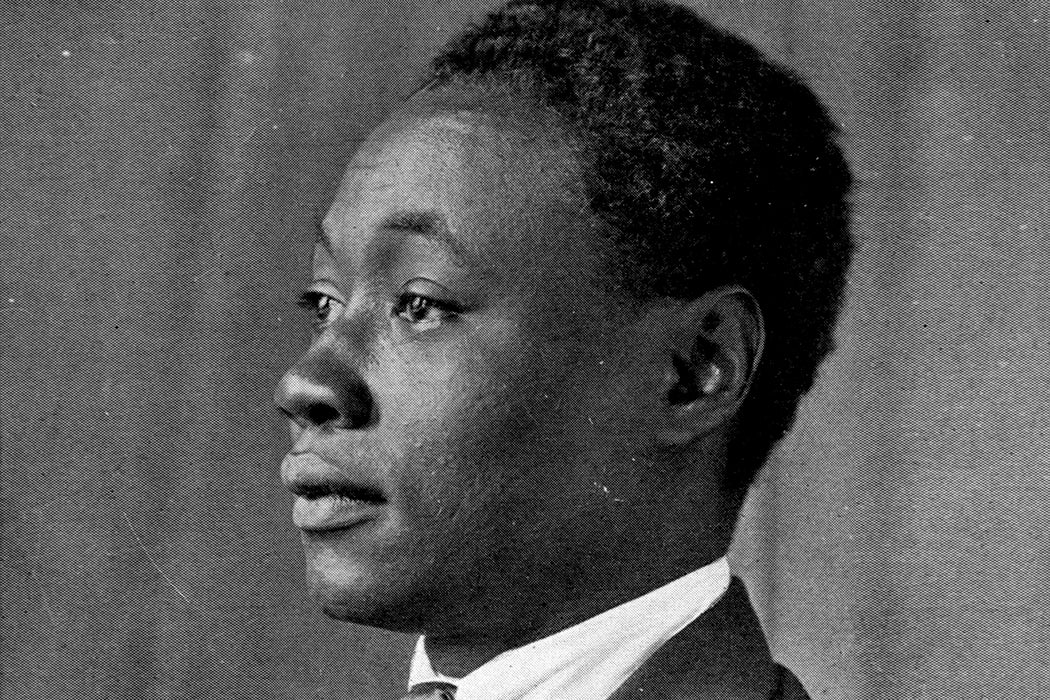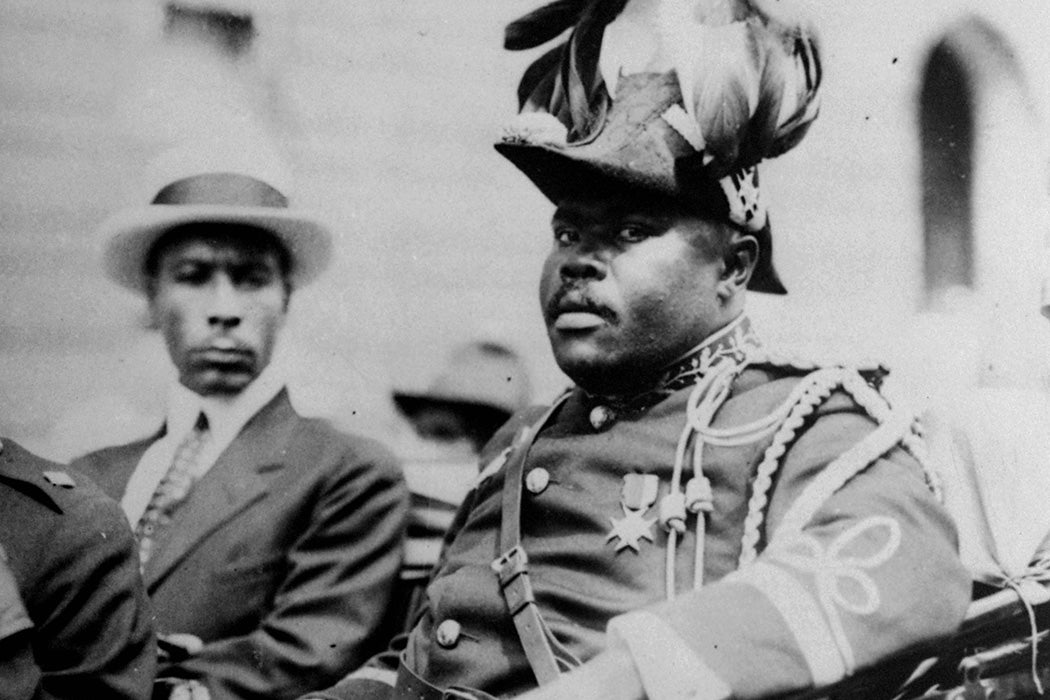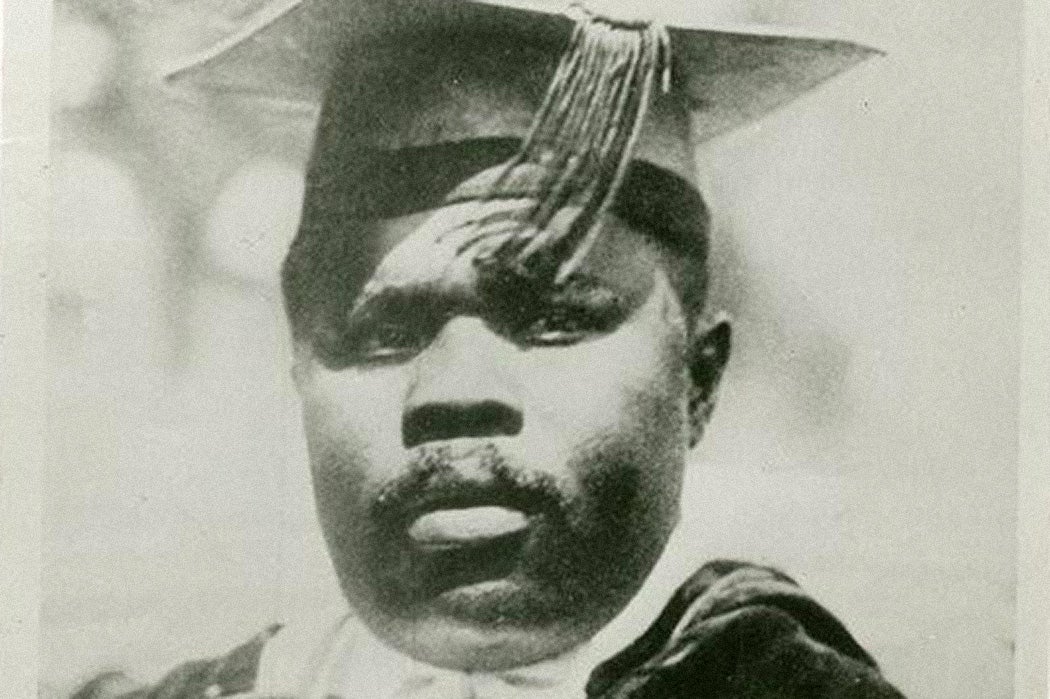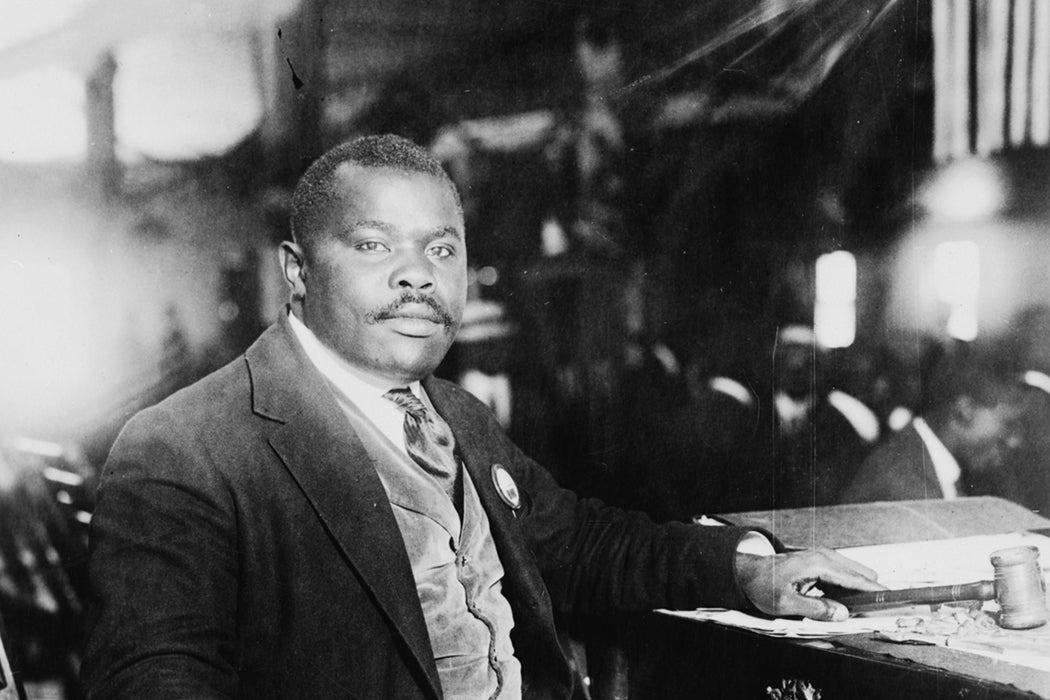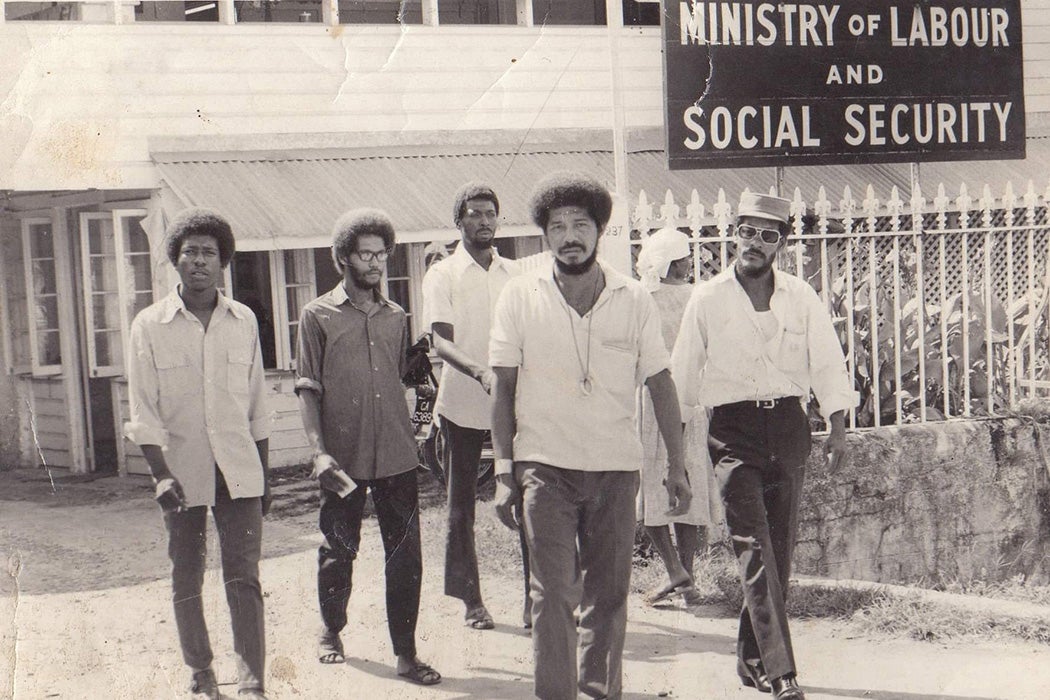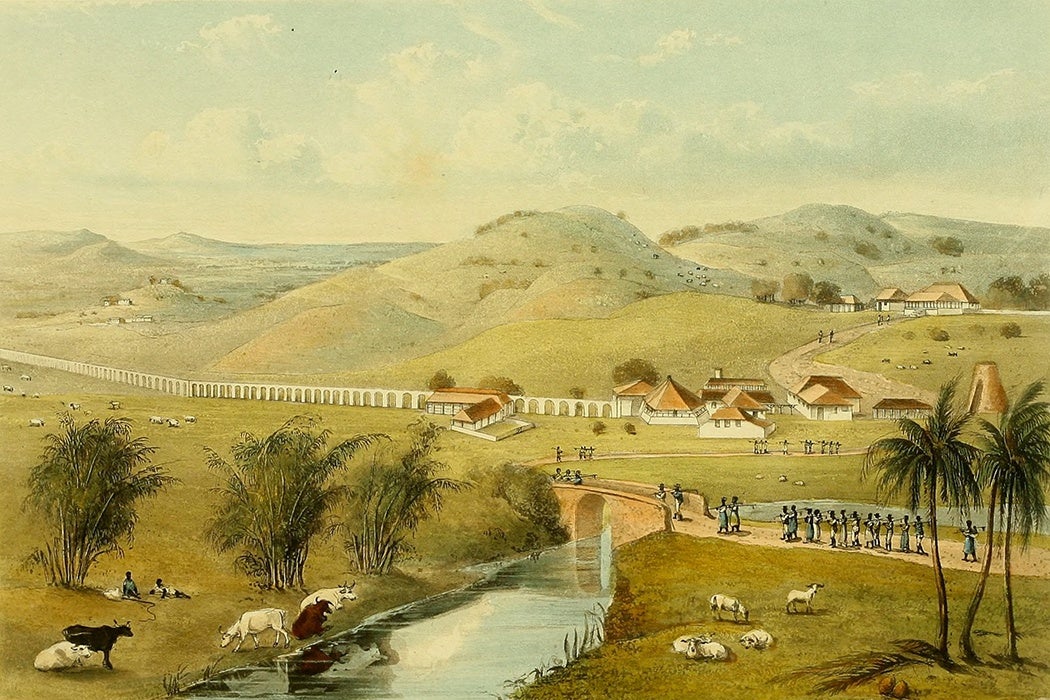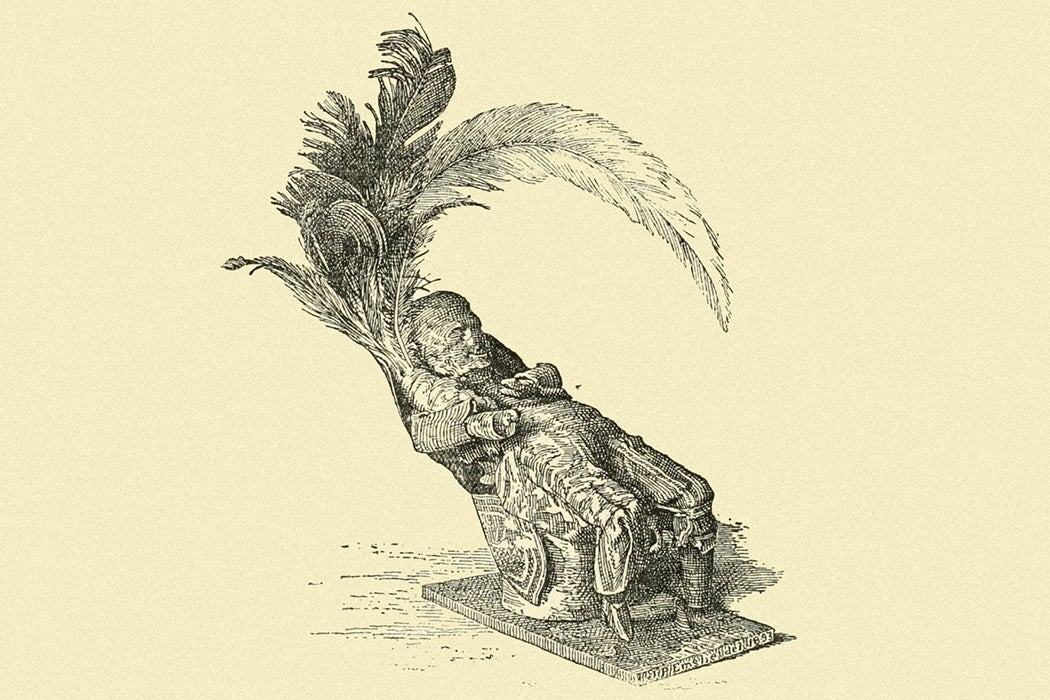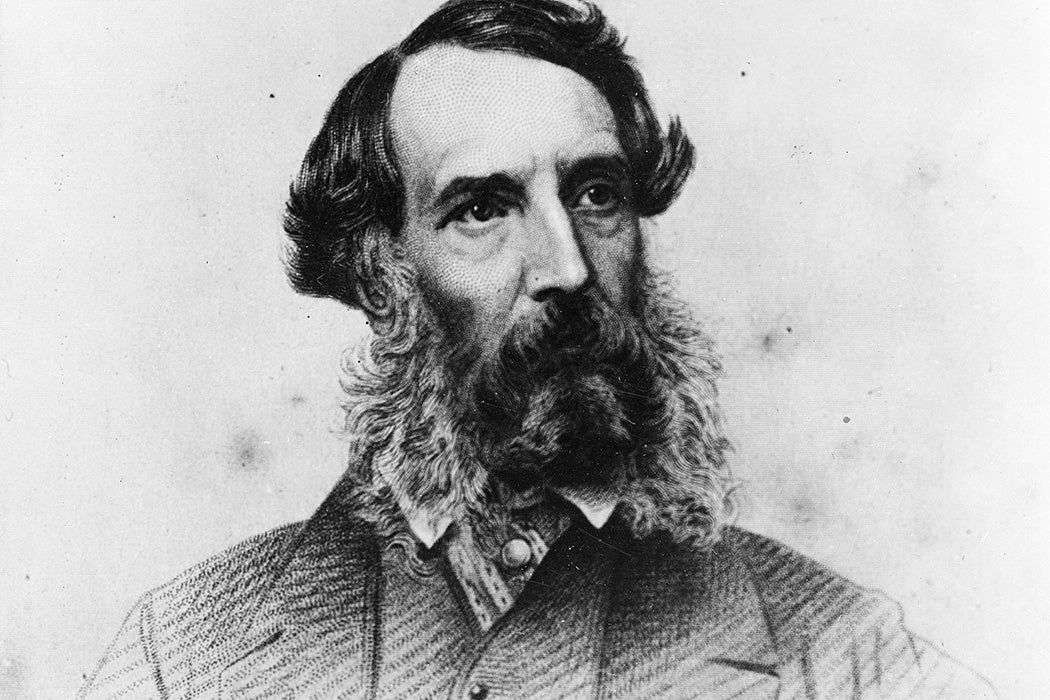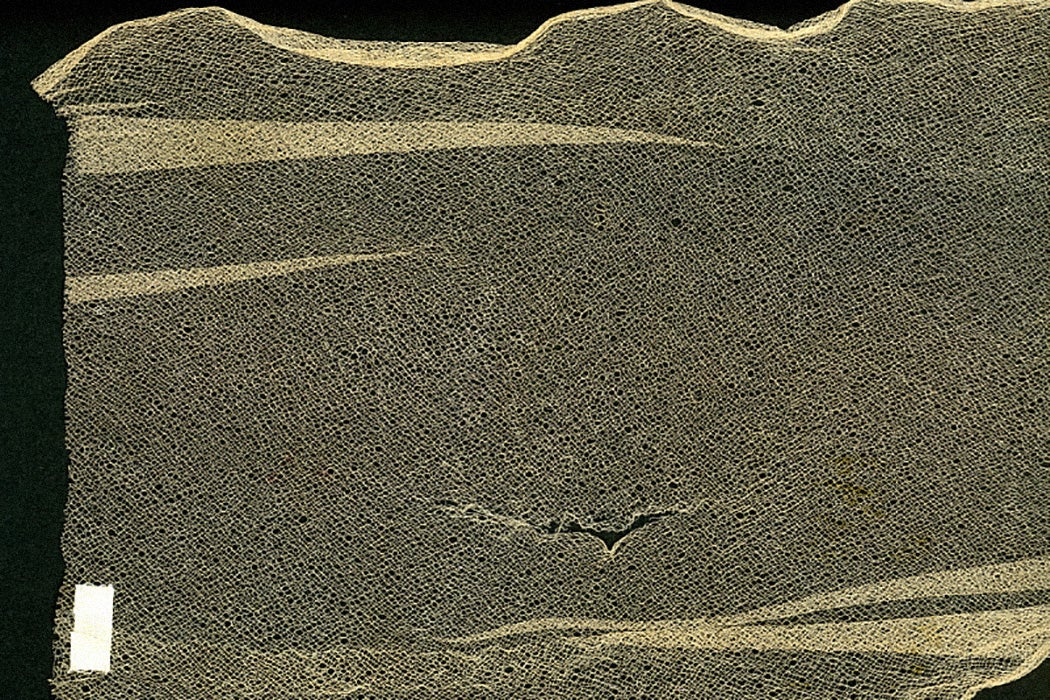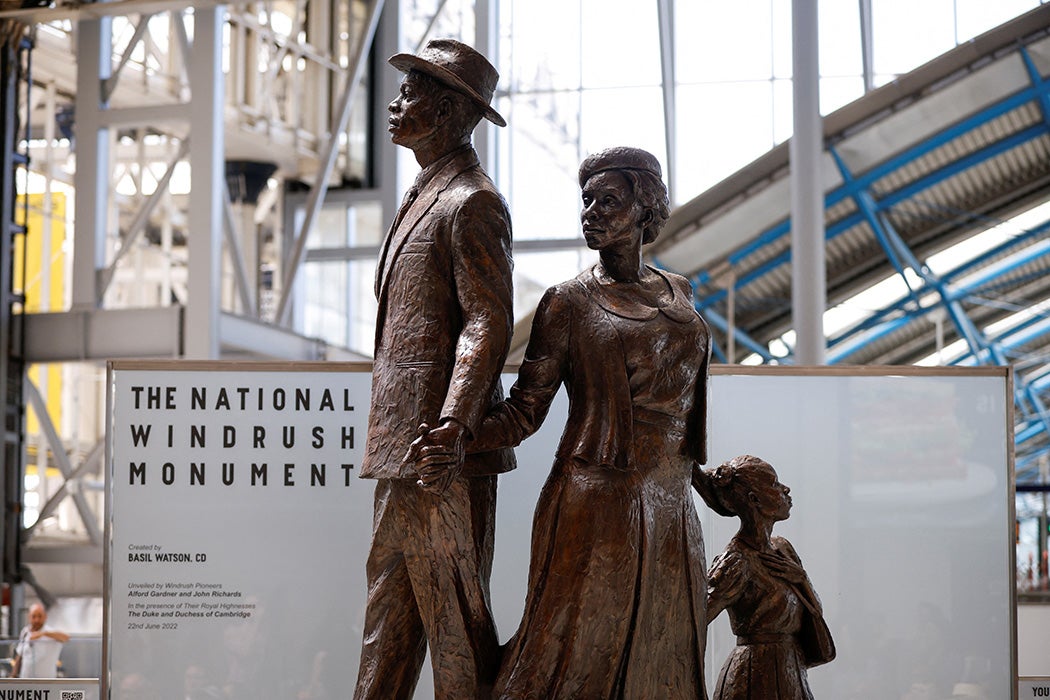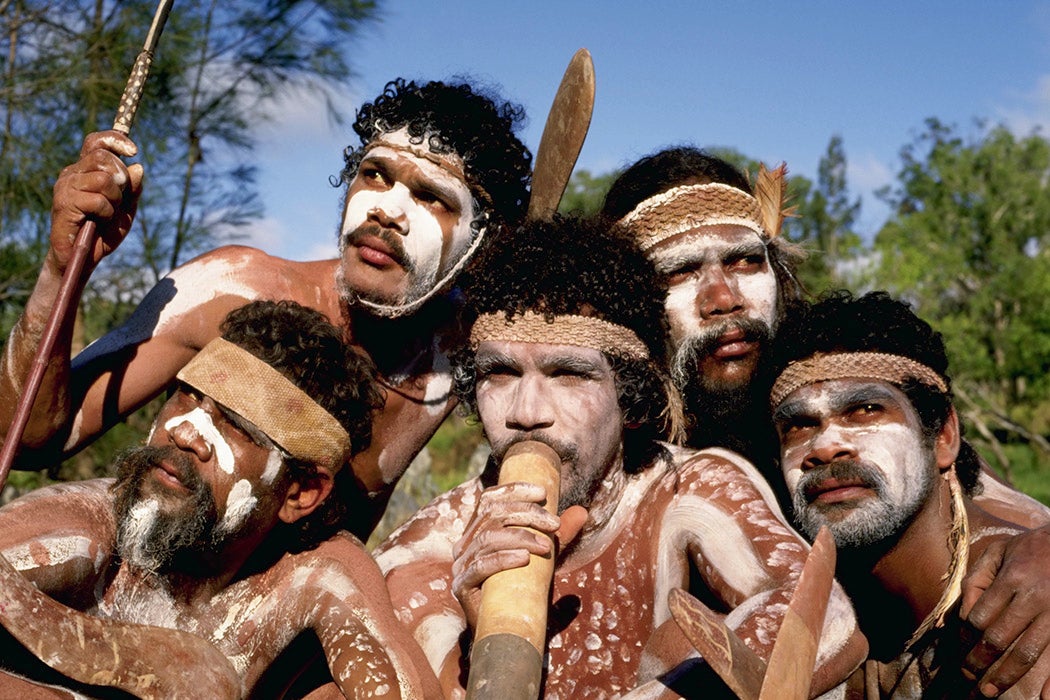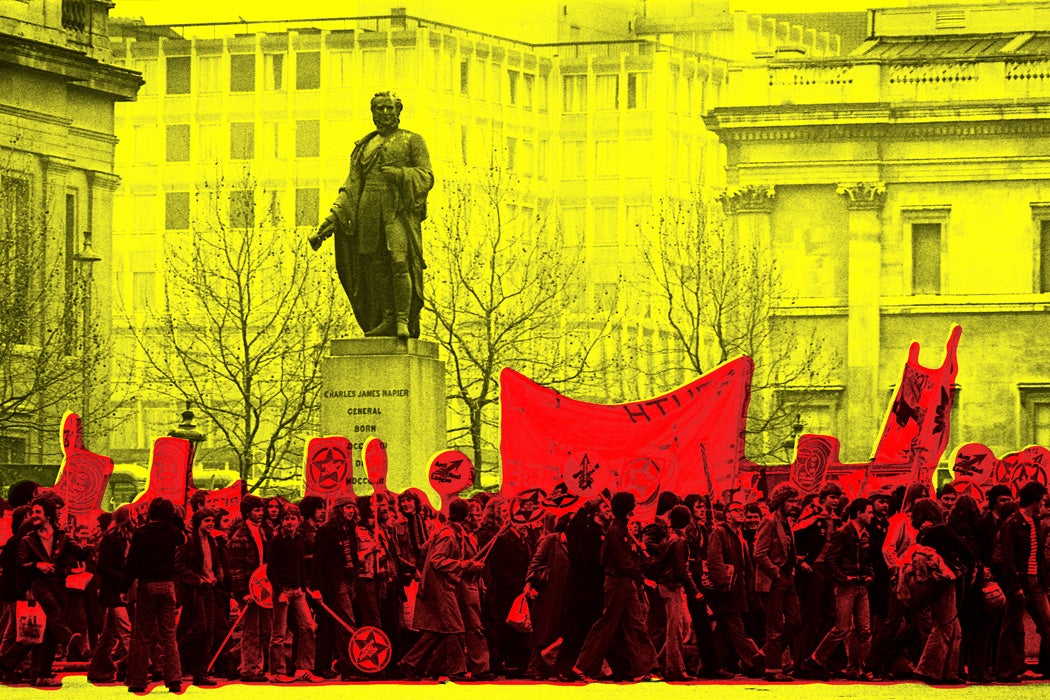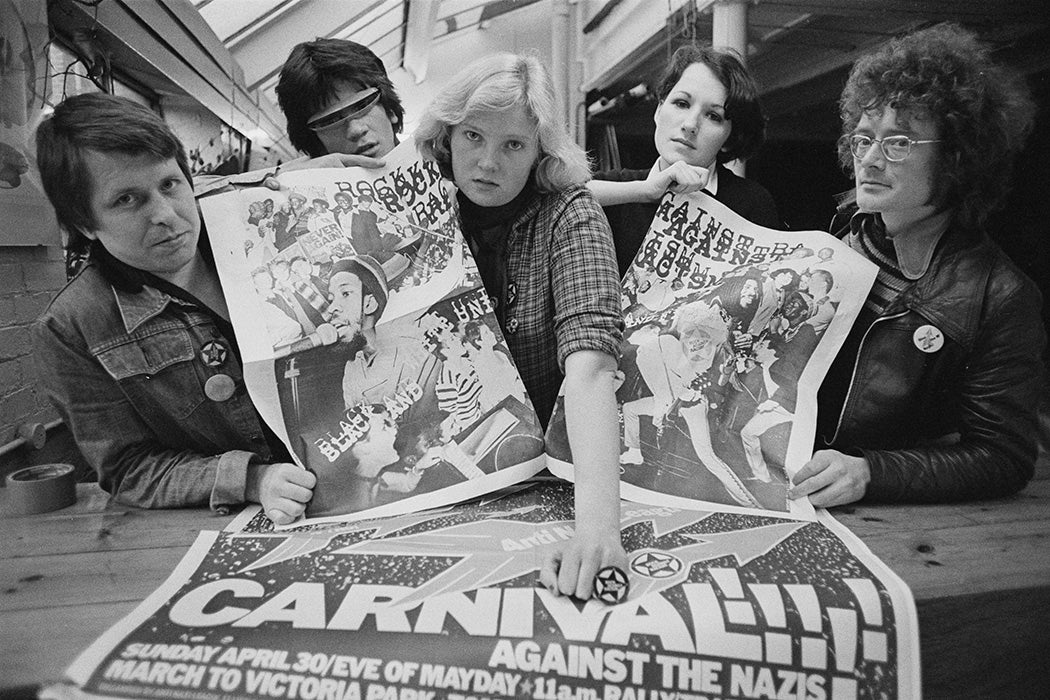The icon indicates free access to the linked research on JSTOR.
Bob Marley: One Love, a biopic celebrating the life, music, and politics of Jamaican Reggae singer Bob Marley, opened in theaters this month. It won’t spoil anything to learn that, in the movie’s opening scenes, we’re dropped into a violent moment in Jamaica’s history without much back story. The audience never gets a clear explanation of the civil war that threads through the movie, though it can be inferred that it has something to do with colonial legacies. And while snippets of Marley’s personal journey, from childhood to global superstar (a status that Marley, as played by Kingsley Ben-Adir, disavows), are revealed throughout the movie, knowledge of the Rastafari movement, Pan-Africanism, and Black Radicalism seems to be assumed by the movie-makers. (This isn’t a criticism; it does seem reasonable that if we can learn the words to Redemption Song, we can learn Jamaica’s history.)


Marley’s lived experience as a Rasta gets a good amount of screen time, but anyone not familiar with the religion might wonder why he kicks back with a book about Haile Selassie on the tour bus (there’s more to say here, but…spoilers). The connection between Marley’s music-philosophy and the political activism of Marcus Garvey is evident in the lyrics of Redemption Song and One Love; in the movie, Garvey’s influence gets a nod in another book-reading scene. Less clear is the bigger story: how Garvey came to be understood as a Rastafari prophet, how Selassie came to be viewed as God incarnate.
If you’ve seen Bob Marley: One Love and want to learn more about Jamaica, Pan-Africanism, and the Rastafari movement, we’re here to help. Below, we’ve gathered a few stories to contextualize Marley’s politics, religion, and musical legacy.
Haile Selassie, Ethiopia, and the Rastafari Movement
April 22, 2020
For black activists in the 1930s, defending Ethiopia from Mussolini’s invasion created unprecedented unity.
September 12, 2017
Rastafarians emerged from anti-colonial, anti-racism movements of the 60s, they also looked back toward their African ancestry.
February 1, 2022
A small community grows around ecosystem preservation and shared beliefs, to the benefit of the residents and the land they live on.
Marcus Garvey, Pan-Africanism, and Black Radicalism
February 5, 2021
The "Capital of Black America" was also a world capital, thanks to the influence of West Indian–born artists and writers like Claude McKay.
July 29, 2021
Marcus Garvey left Jamaica unemployed, an anti-colonial trade unionist who British authorities considered dangerous.
February 12, 2023
Long before the concept of multicultural education emerged, the United Negro Improvement Association pushed for the teaching of Black history and culture.
July 18, 2018
Black intellectuals in the U.S.—from W. E. B. Du Bois to Marcus Garvey—had strong and divergent opinions on Japanese Empire.
May 28, 2020
Walter Rodney’s radical thought and activism led to his eventual killing by a bomb in Guyana, in 1980.
Jamaica and Its History
August 31, 2016
Maroon societies in Jamaica and the rest of the Americas have survived for hundreds of years.
September 19, 2023
Witchcraft and poisoning were closely connected for both West Africans and the Europeans who enslaved them in the eighteenth-century Caribbean.
January 6, 2023
Public intellectuals in Great Britain disagreed on what to do with Governor Eyre after his heavy-handed response to the 1865 Morant Bay Rebellion in Jamaica.
April 28, 2022
For the enslaved people of Jamaica, the lacebark tree was a valuable natural resource and a means of asserting one's dignity.
June 22, 2023
There were British African Caribbean immigrants to the UK well before June 22, 1948, but it was the arrival of Empire Windrush that got the media's attention.
Music and Its Impact
July 21, 2023
In the 1970s, Willie Brim, a member of the Buluwai people, learned about Peter Tosh and Bob Marley from hippies who lived near his community. And the joy began.
March 25, 2019
In the 1970s, the National Front blamed immigrants for the UK's economic problems. Anti-racist groups formed in response, with the help of pop music.
January 27, 2021
A rising tide of violence and bigotry in the 1970s infected the British music scene. A group of musicians organized to resist.
